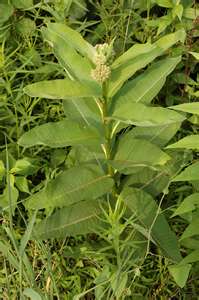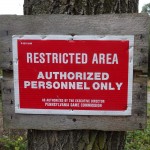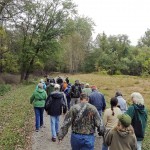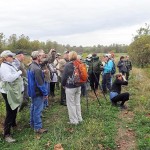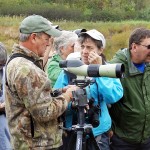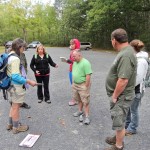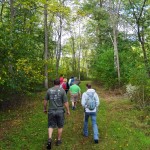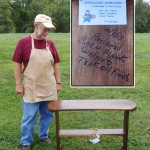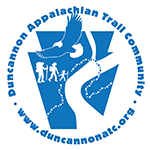 The Duncannon Appalachian Trail Community Advisory Committee will hold its next meeting Tuesday, November 19th at 6:30 PM in the Duncannon Christ Lutheran Church located at 115 Church Street. The church can be found at the intersection of Plum and Church streets. We should park in the gravel lot along Plum Street and use the entrance on the left side of the church to get to the meeting room in the basement/undercroft.
The Duncannon Appalachian Trail Community Advisory Committee will hold its next meeting Tuesday, November 19th at 6:30 PM in the Duncannon Christ Lutheran Church located at 115 Church Street. The church can be found at the intersection of Plum and Church streets. We should park in the gravel lot along Plum Street and use the entrance on the left side of the church to get to the meeting room in the basement/undercroft.
THERE WILL BE FREE PIZZA AND SODA! RSVP is not required but it’s greatly appreciated and helps us determine how much pizza we should buy. Special thanks to Neal Brofee for paying for this month’s pizza! Contact datc@duncannonatc.org if you or your group would like to contribute to the DATC Meeting Pizza Fund.
Our agenda will focus on next year’s 2014 Duncannon A.T. Community Festival. We’ll discuss event sponsorship, fundraising, event promotion, vendor management, the progress we’ve made in the past months, and further increasing meeting attendance and volunteer participation.
Before our meeting on November 19th, Dennis Hurley will be leading a 2-mile Hawk Rock hike in the dark with headlights. Anyone who wants to join him should meet at the gravel parking area across from Tubby’s Night Club on Inn Road at 5:00 PM sharp. Contact Dennis at dennisjhurley@comcast.net 717-385-6879 to only let him know if you are attending or have a question. Bring a flashlight, preferably a headlight.
The church where we’re holding our meeting accepts any unwanted used clothes that are still in good shape. If you’ve been looking for a place to donate your old clothes that no longer fit after losing weight while hiking the trails, then this is a great opportunity to help the Duncannon community. All clothes are first offered to Duncannon residents and what is not claimed goes to Community Aid which is a reputable non profit organization.
Anyone who would like to be involved with this organization, offer guidance or influence its policies is welcome to attend. You might find a volunteer opportunity that suits you in any number of fields such as: planning our next 2014 DATC Festival, fundraising, supporting the Duncannon Outdoors Club, learning about Appalachian Trail maintenance and inspiring people to enjoy outdoor activities in the Duncannon area. Join the fun!

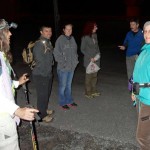
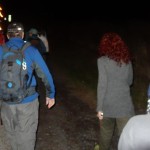
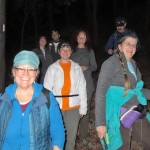
 Our moonlight hike was a success even though Mother Nature did not cooperate. We rescheduled for Sunday and had clear skies and a beautiful view of the Moon and the valley below. We also had quite a surprise when two shining eyes observed us very closely from a bush along the trail. Fortunately, it was a deer blinded by our lights and just stood there for us to observe. At least it wasn’t a coyote or bear.
Our moonlight hike was a success even though Mother Nature did not cooperate. We rescheduled for Sunday and had clear skies and a beautiful view of the Moon and the valley below. We also had quite a surprise when two shining eyes observed us very closely from a bush along the trail. Fortunately, it was a deer blinded by our lights and just stood there for us to observe. At least it wasn’t a coyote or bear.
 OUR PREVIOUS MEETING
OUR PREVIOUS MEETING


